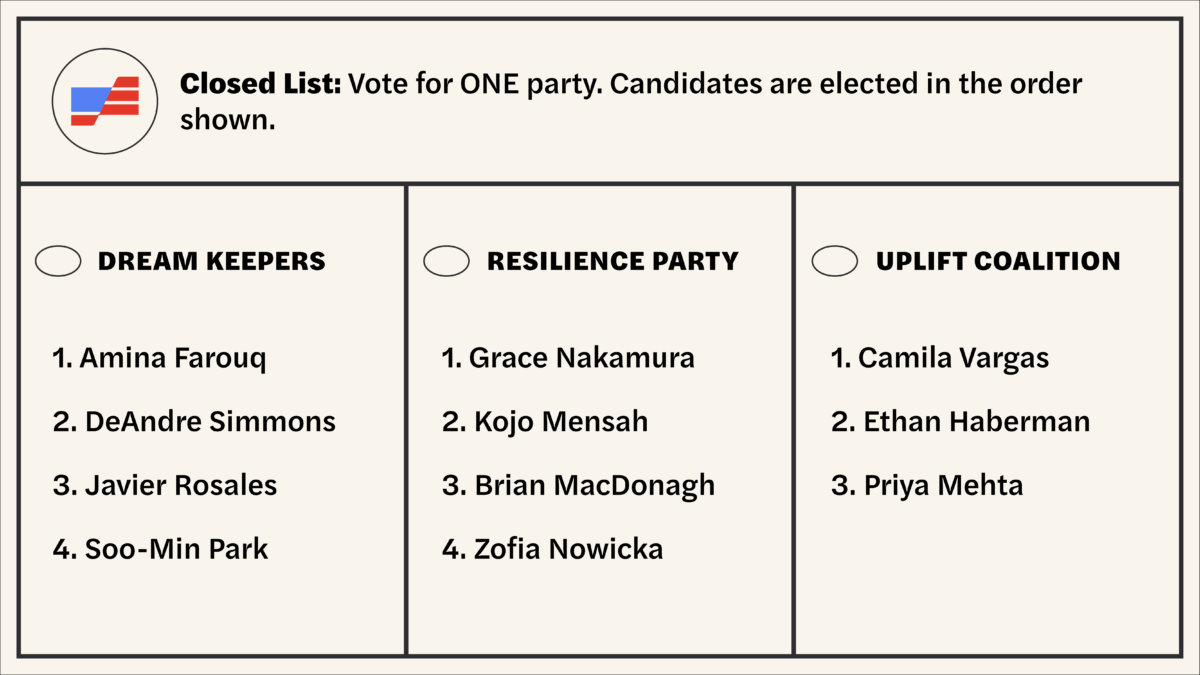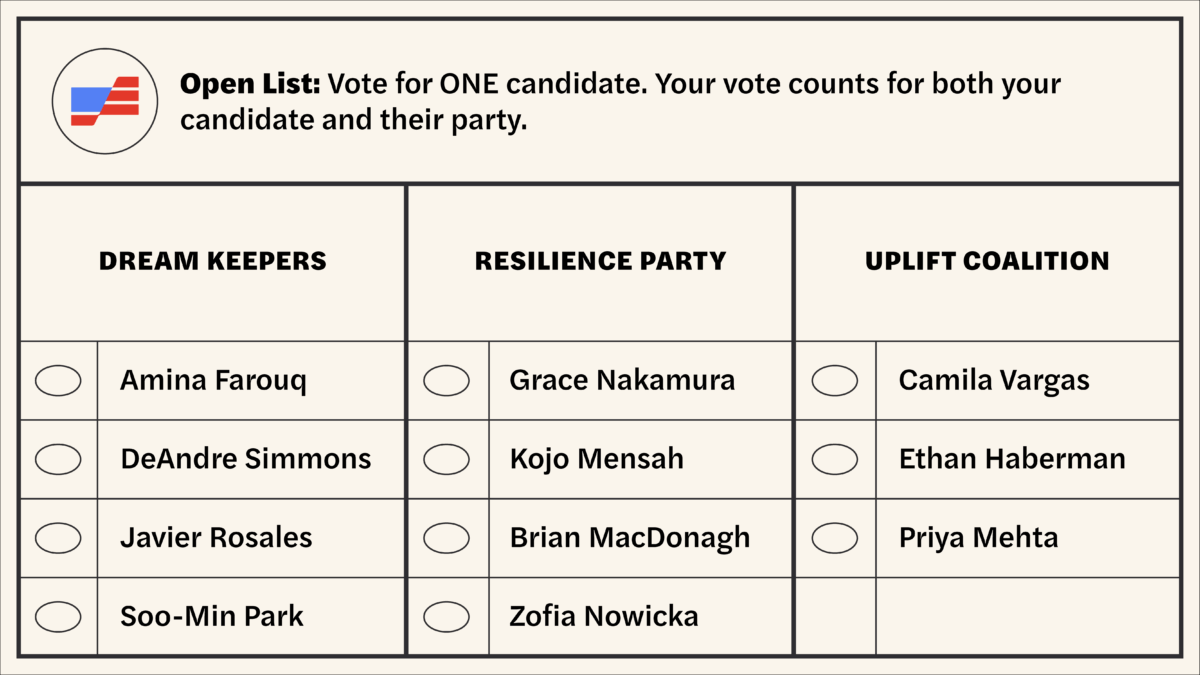4 Key Advantages of Implementing PR Voting
Proportional representation offers significant improvements over traditional voting systems:
- Enhanced Representation: Minority voices gain meaningful political influence and parliamentary presence
- Reduced Vote Wastage: Nearly every vote contributes to the final electoral outcome
- Coalition Building: Encourages political cooperation and compromise between different parties
- Increased Voter Turnout: Citizens feel their votes matter more, leading to higher participation rates
These benefits create more stable democracies where diverse viewpoints are represented and political extremism is moderated through collaborative governance.



